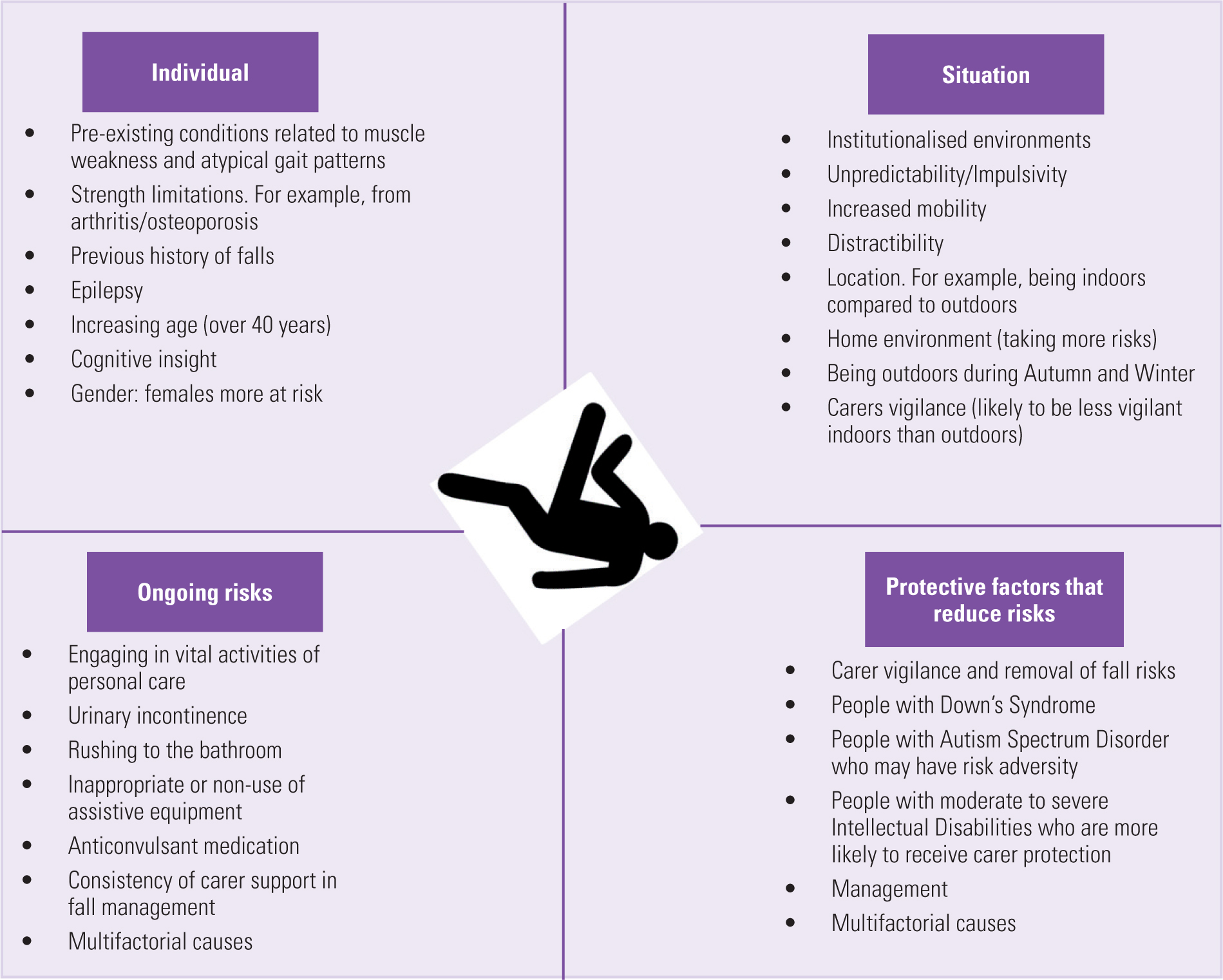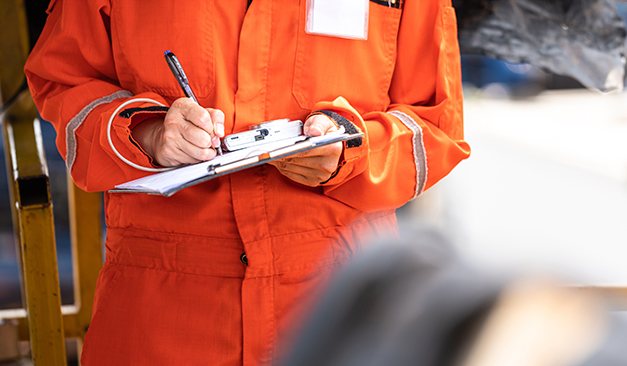The Basic Principles Of Dementia Fall Risk
The Basic Principles Of Dementia Fall Risk
Blog Article
7 Simple Techniques For Dementia Fall Risk
Table of ContentsDementia Fall Risk Can Be Fun For AnyoneDementia Fall Risk - TruthsExcitement About Dementia Fall RiskExcitement About Dementia Fall Risk
A loss danger analysis checks to see how most likely it is that you will certainly fall. The assessment generally consists of: This includes a collection of concerns regarding your total health and wellness and if you have actually had previous falls or troubles with equilibrium, standing, and/or walking.Interventions are suggestions that might decrease your threat of dropping. STEADI includes 3 steps: you for your risk of dropping for your threat aspects that can be boosted to try to stop drops (for instance, balance problems, impaired vision) to minimize your danger of falling by utilizing reliable methods (for instance, offering education and learning and sources), you may be asked a number of concerns consisting of: Have you fallen in the past year? Are you fretted concerning dropping?
If it takes you 12 secs or more, it may suggest you are at greater threat for a fall. This examination checks toughness and balance.
The settings will get tougher as you go. Stand with your feet side-by-side. Move one foot midway onward, so the instep is touching the huge toe of your various other foot. Relocate one foot totally before the various other, so the toes are touching the heel of your other foot.
Dementia Fall Risk for Beginners
Most drops take place as a result of multiple contributing factors; as a result, taking care of the threat of dropping starts with identifying the variables that add to fall threat - Dementia Fall Risk. Several of one of the most appropriate risk factors include: Background of previous fallsChronic clinical conditionsAcute illnessImpaired stride and equilibrium, reduced extremity weaknessCognitive impairmentChanges in visionCertain risky medicines and polypharmacyEnvironmental variables can additionally boost the risk for drops, consisting of: Insufficient lightingUneven or damaged flooringWet or unsafe floorsMissing or harmed hand rails and grab barsDamaged or improperly equipped devices, such as beds, mobility devices, or walkersImproper use assistive devicesInadequate supervision of individuals staying in the NF, consisting of those who display aggressive behaviorsA effective loss risk monitoring program needs a complete medical evaluation, with input from all members of the interdisciplinary team
-copy-5.jpg)
The treatment strategy should also include interventions that are system-based, such as those that why not try these out advertise a safe environment (ideal illumination, handrails, get hold of bars, and so on). The efficiency of the treatments must be assessed regularly, and the care strategy revised as necessary to show adjustments in the fall danger evaluation. Executing an autumn threat management system utilizing evidence-based best method can decrease the prevalence of drops in the NF, while restricting the capacity for fall-related injuries.
The smart Trick of Dementia Fall Risk That Nobody is Discussing
The AGS/BGS standard advises screening all grownups matured 65 years and older for loss danger every year. This screening contains asking important source people whether they have dropped 2 or more times in the previous year or sought medical focus for a loss, or, if they have not fallen, whether they feel unstable when walking.
Individuals who have fallen when without injury should have their balance and stride reviewed; those with stride or balance abnormalities should receive extra evaluation. A history of 1 fall without injury and without gait or equilibrium issues does not require more evaluation past ongoing yearly autumn danger testing. Dementia Fall Risk. A fall risk assessment is needed as component of the Welcome to Medicare exam

The Buzz on Dementia Fall Risk
Documenting a drops history is one of the quality signs for autumn prevention and administration. copyright medicines in certain are independent predictors of drops.
Postural hypotension can usually be minimized by lowering the dose of blood pressurelowering medicines and/or stopping medications that have orthostatic hypotension as a side result. Usage of above-the-knee support hose pipe and resting with the head of the bed raised may also reduce postural reductions in high blood pressure. The preferred elements of a fall-focused health examination are revealed in Box 1.

A Pull time better than or equal to 12 seconds suggests high loss danger. Being not able to stand up look at this site from a chair of knee elevation without using one's arms indicates increased autumn threat.
Report this page